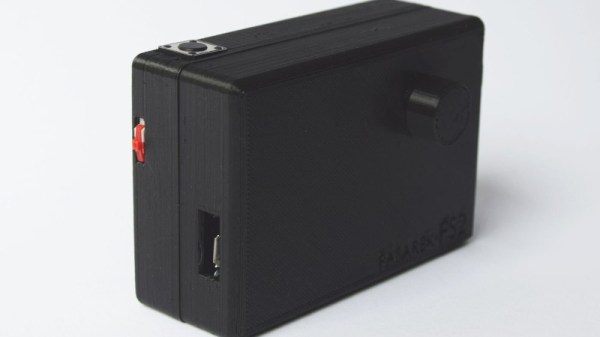Adding a camera to a project used to be a chore, but modern camera modules make it simple. But what if you want to read QR codes? [James Bowman] noticed a $7 module that claims to read QR codes so he decided to try one out.
The module seems well thought out. There’s a camera, of course. A Qwiic connector makes hooking up easy. An LED blinks blue when you have power and green when a QR code shows up.
Reading a QR code was simple in Python using the I2CDriver library. There are two possible problems: first, if the QR code contains a large amount of data, you may exceed the I2C limit of 254 bytes. Second, despite claiming a 110-degree field of view, [James’] testing showed the QR code has to be almost dead center of the camera for the system to work.
What really interested us, though, was the fact that the device is simply a camera with an RP2040 and little else. For $7, we might grab one to use as a platform for other imaging projects. Or maybe we will read some QR codes. We’d better pick up a few. Then again, maybe we can just do it by hand.


















